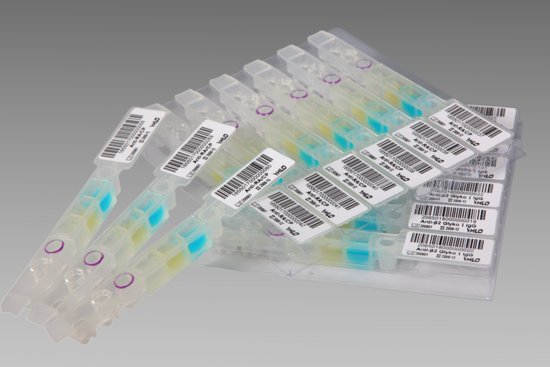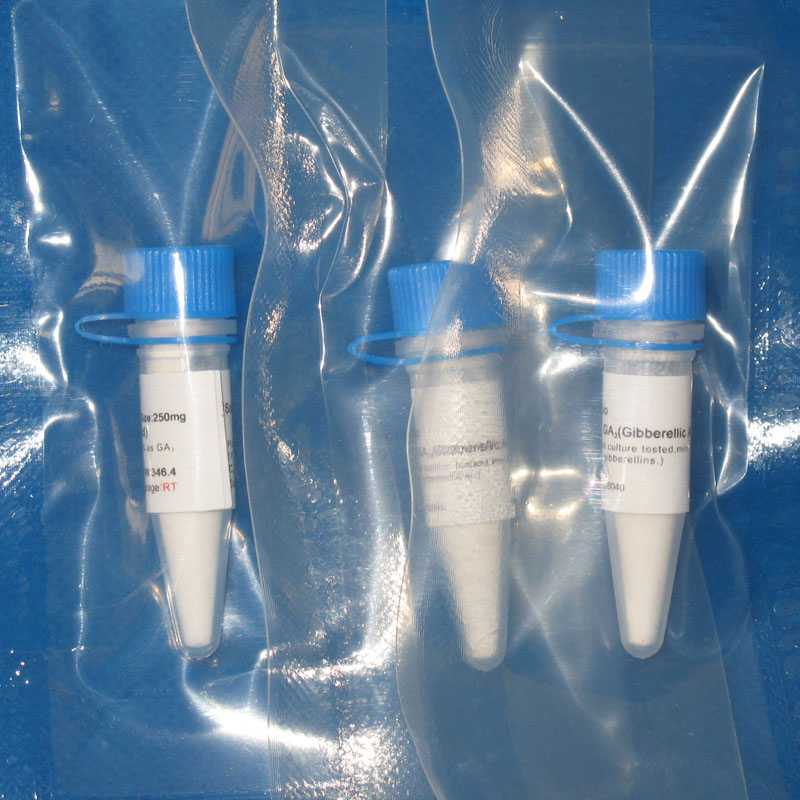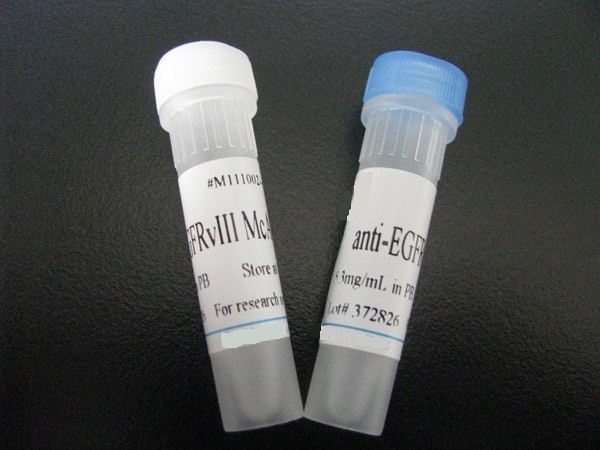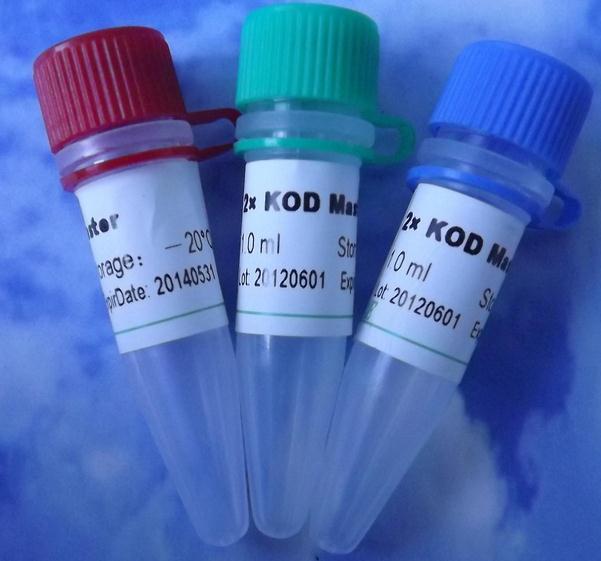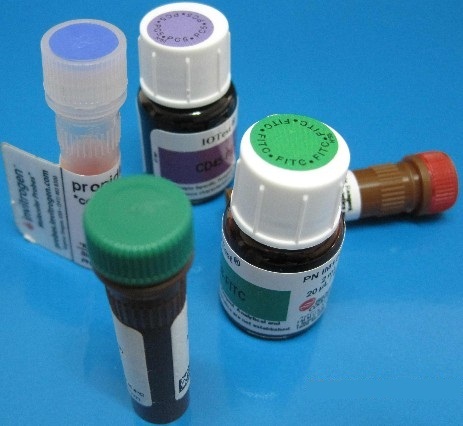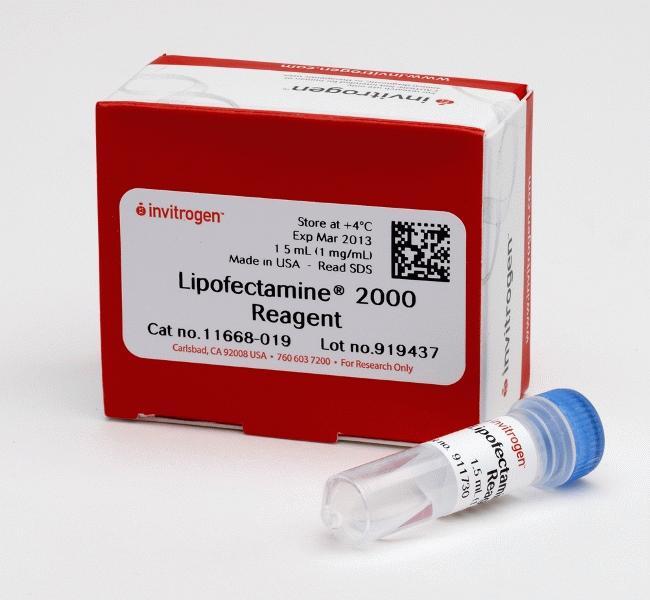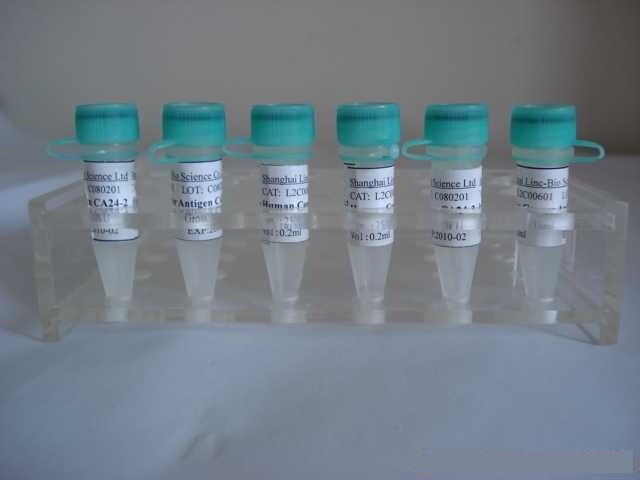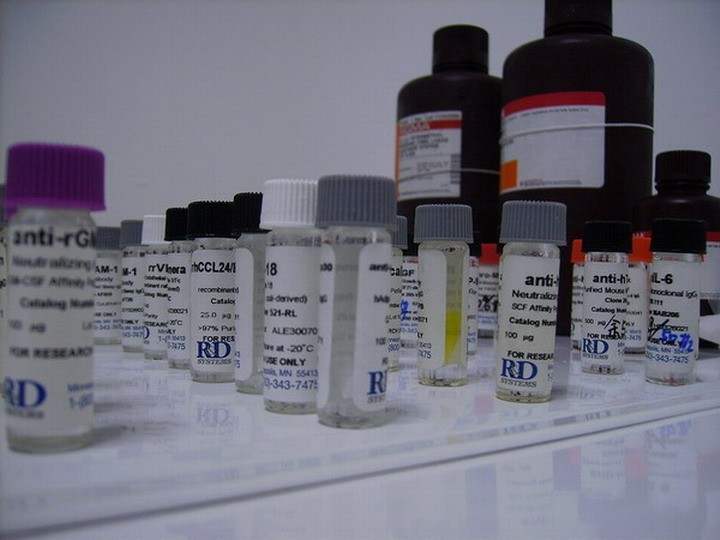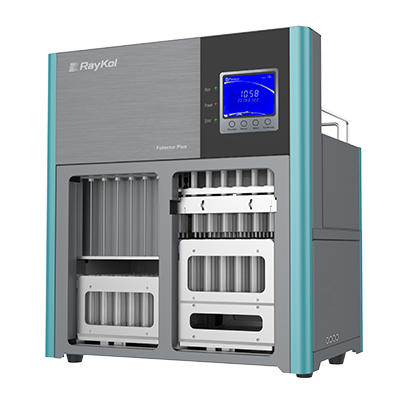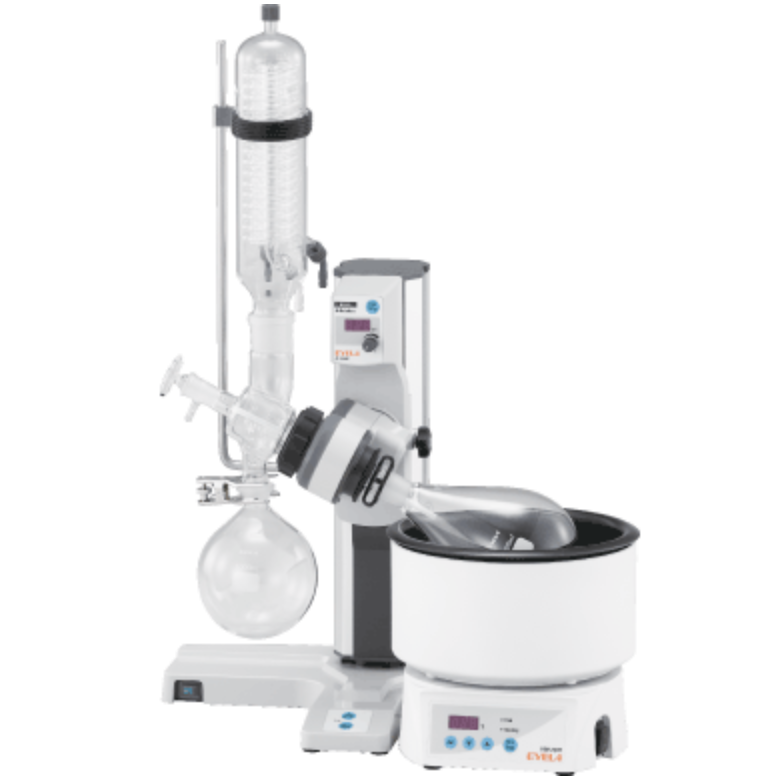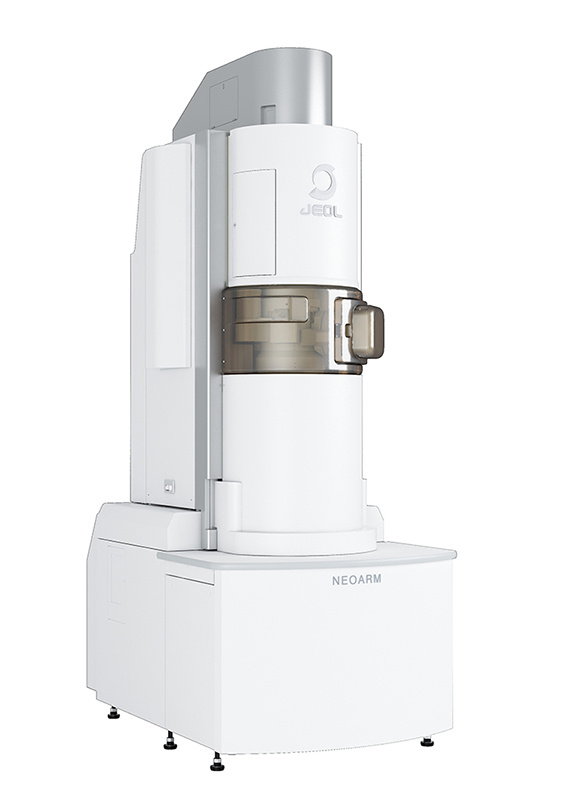4)经纯化制备的抗体在常用的缓冲液中是稳定的。其DH应保持在中性左右。如果pH在7-8之间,即使保存多年,对抗体也无损害。多数情况下,盐浓度适于保持在0-150mmol/L之间,但在长期存放的抗体中,盐溶液浓度高达500mmol/L时,对
抗体来源 Rabbit
克隆类型 polyclonal
交叉反应 Human, Mouse, Rat, Dog, Pig, Cow
产品类型 一抗 磷酸化抗体
研究领域 肿瘤 染色质和核信号 转录调节因子
蛋白分子量 predicted molecular weight: 162kDa
性 状 Lyophilized or Liquid
免 疫 原 KLH conjugated Synthesised phosphopeptide derived from human FANCD2 around the phosphorylation site of Ser222
亚 型 IgG
纯化方法 affinity purified by Protein A
储 存 液 0.01M PBS, pH 7.4 with 10 mg/ml BSA and 0.1% Sodium azide
磷酸化FANCD2抗体产品应用 WB=1:100-500 ELISA=1:500-1000 IP=1:20-100 IHC-P=1:100-500 IHC-F=1:100-500 IF=1:100-500
(石蜡切片需做抗原修复)
not yet tested in other applications.
optimal dilutions/concentrations should be determined by the end user.
保存条件 Store at -20 °C for one year. Avoid repeated freeze/thaw cycles. The lyophilized antibody is stable at room temperature for at least one month and for greater than a year when kept at -20°C. When reconstituted in sterile pH 7.4 0.01M PBS or diluent of antibody the antibody is stable for at least two weeks at 2-4 °C.
Important Note This product as supplied is intended for research use only, not for use in human, therapeutic or diagnostic applications.
产品介绍 Fanconi Anemia (FANC) is a human autosomal-recessive cancer susceptibility disorder characterized by congenital defects, progressive bone marrow failure, and cellular hypersensitivity to mitomycin C (MMC). The FANC subunit D2 protein is vital for cellular resistance to DNA cross-linking and the arrest of DNA synthesis after ionizing radiation. DNA damage activates the monoubiquitination of FANC D2, targeting nuclear foci containing the BRCA 1 protein.
Function : Required for maintenance of chromosomal stability. Promotes accurate and efficient pairing of homologs during meiosis. Involved in the repair of DNA double-strand breaks, both by homologous recombination and single-strand annealing. May participate in S phase and G2 phase checkpoint activation upon DNA damage. Plays a role in preventing breakage and loss of missegregating chromatin at the end of cell division, particularly after replication stress. Required for the targeting, or stabilization, of BLM to non-centromeric abnormal structures induced by replicative stress. Promotes BRCA2/FANCD1 loading onto damaged chromatin. May also be involved in B-cell immunoglobulin isotype switching.
Subunit : Interacts directly with FANCE and FANCI. Interacts with USP1 and MEN1. The ubiquitinated form specifically interacts with BRCA1 and BLM. Both the nonubiquitinated and the monoubiquitinated forms interact with BRCA2; this interaction is mediated by phosphorylated FANCG and the complex also includes XCCR3. The ubiquitinated form specifically interacts with MTMR15/FAN1 (via UBZ-type zinc finger), leading to recruit MTMR15/FAN1 to sites of DNA damage. Interacts with DCLRE1B/Apollo.
Subcellular Location : Nucleus. Note=Concentrates in nuclear foci during S phase and upon genotoxic stress. At the onset of mitosis, excluded from chromosomes and diffuses into the cytoplasm, returning to the nucleus at the end of cell division. Observed in a few spots localized in pairs on the sister chromatids of mitotic chromosome arms and not centromeres, one on each chromatids. These foci coincide with common fragile sites and could be sites of replication fork stalling. The foci are frequently interlinked through BLM-associated ultra-fine DNA bridges. Following aphidicolin treatment, targets chromatid gaps and breaks.
Tissue Specificity : Highly expressed in germinal center cells of the spleen, tonsil, and reactive lymph nodes, and in the proliferating basal layer of squamous epithelium of tonsil, esophagus, oropharynx, larynx and cervix. Expressed in cytotrophoblastic cells of the placenta and exocrine cells of the pancreas (at protein level). Highly expressed in testis, where expression is restricted to maturing spermatocytes.
Post-translational modifications : Monoubiquitinated on Lys-561 during S phase and upon genotoxic stress by FANCL in complex with E2 ligases UBE2T or UBE2W (isoform 1 and isoform 2). Deubiquitinated by USP1 as cells enter G2/M, or once DNA repair is completed. Monoubiquitination requires the joint intervention of the FANC core complex, including FANCA, FANCB, FANCC, FANCE, FANCF, FANCG, and FANCM, and proteins involved in cell cycle checkpoints and DNA repair, including RPA1, ATR, CHEK1 and BRCA1, and is mediated by FANCL/PHF9. Ubiquitination is required for binding to chromatin, interaction with BRCA1, BRCA2 and MTMR15/FAN1, DNA repair, and normal cell cycle progression, but not for phosphorylation on Ser-222 or interaction with MEN1.
Phosphorylated in response to various genotoxic stresses by ATM and/or ATR. Upon ionizing radiation, phosphorylated by ATM on Ser-222 and Ser-1404. Phosphorylation on Ser-222 is required for S-phase checkpoint activation, but not for ubiquitination, foci formation, or DNA repair. In contrast, phosphorylation by ATR on other sites may be required for ubiquitination and foci formation.
Defects in FANCD2 are a cause of Fanconi anemia complementation group D type 2 (FANCD2) [MIM:227646]. A disorder affecting all bone marrow elements and resulting in anemia, leukopenia and thrombopenia. It is associated with cardiac, renal and limb malformations, dermal pigmentary changes, and a predisposition to the development of malignancies. At the cellular level it is associated with hypersensitivity to DNA-damaging agents, chromosomal instability (increased chromosome breakage) and defective DNA repair.
Database links : UniProtKB/Swiss-Prot: Q9BXW9.1
FANCD2是一种在DNA损伤修复过程中起重要作用的蛋白质,其作作用在于通过修补DNA损伤或促进有缺陷细胞自杀来预防癌症,所以低水平的FANCD2会导致DNA损伤,从而诱发癌症。
有学者认为:FANCD2是个重要的抵御癌症蛋白,而香烟会破坏它的制造过程当然还可能包含有其他蛋白,但至少FANCD2是关键的主要蛋白,因为含有非常高水平FANCD2的细胞能够抵御香烟的毒害作用。
FANCD2蛋白在保护肺细胞抵御香烟威胁时有重要作用;FANCD2蛋白是负责修复受损DNA的重要蛋白,而受香烟燃烧产生的烟雾影响的肺细胞很少产生FANCD2蛋白,没有FANCD2蛋白,受损的DNA导致肿瘤细胞增殖扩散并无法控制。研究结果表明,FANCD2蛋白在保护肺细胞抵御香烟威胁时有重要作用,也可解释为什麽香烟燃烧产生的烟雾对肺细胞具有如此大的危害。
![]()



